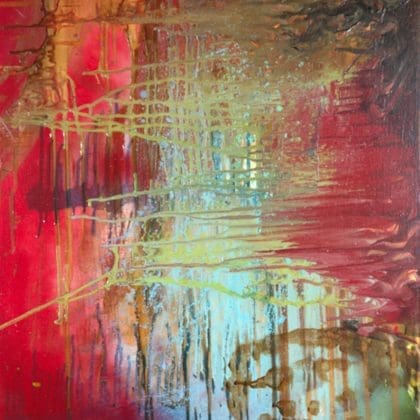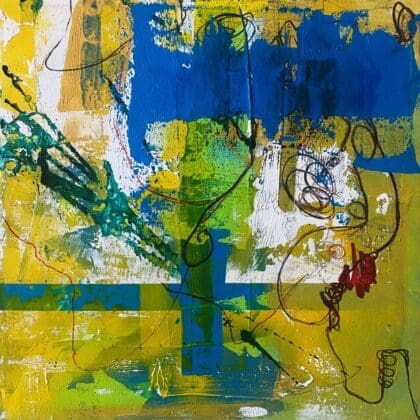Collaborating in the creative sector can lead to innovative projects, expanded networks, and shared resources that enhance everyone’s work. Whether you’re an artist, designer, writer, or filmmaker, building successful partnerships can open doors to exciting opportunities. This article will guide you through essential strategies to foster meaningful collaborations in the creative world.
1. Identify Your Collaboration Goals
Before seeking partners, it’s crucial to define what you want to achieve through collaboration. Clarity in your objectives will help you find the right fit.
A. Set Clear Objectives
Expand Your Audience: Partner with someone who has a different audience to reach new potential fans.
Share Resources: Pool your resources to lower costs and enhance the quality of your projects.
Enhance Skills: Collaborate with someone who has different skills or expertise to enrich your work.
B. Evaluate Your Needs
Creative Input: Do you need a co-creator to bring new ideas and perspectives?
Logistical Support: Consider if you need someone to help with project management, marketing, or technical skills.
2. Find the Right Partners
Building successful partnerships starts with identifying individuals or organizations whose values align with yours.
A. Network Strategically
Attend Industry Events: Go to art shows, workshops, or networking events to meet potential collaborators.
Join Online Communities: Engage with creative forums and social media groups relevant to your field.
Reach Out to Local Artists: Visit local galleries or studios to find artists with complementary styles or missions.
B. Assess Compatibility
Shared Values: Ensure that your potential partner shares similar goals and ethics.
Complementary Skills: Look for partners whose skills and strengths complement your own.
Chemistry: Trust your instincts—successful partnerships often stem from good personal chemistry.
3. Establish Clear Communication
Effective communication is the backbone of any successful partnership. Setting the right tone from the beginning can prevent misunderstandings and foster a positive working relationship.
A. Set Expectations Early
Define Roles: Clearly outline each partner’s responsibilities and contributions.
Discuss Goals: Ensure all parties understand and agree on the project objectives.
Create a Timeline: Establish deadlines for each phase of the project to keep everyone accountable.
B. Maintain Open Dialogue
Regular Check-Ins: Schedule meetings to discuss progress, challenges, and any changes needed.
Encourage Feedback: Foster an environment where all collaborators feel comfortable sharing their thoughts.
Use Collaboration Tools: Leverage tools like Slack, Trello, or Asana to facilitate communication and project management.
4. Foster a Creative Environment
Creating a supportive and inspiring environment can significantly enhance the collaboration experience.
A. Cultivate Trust
Be Transparent: Share your thoughts, concerns, and ideas openly to build trust among partners.
Respect Each Other’s Contributions: Acknowledge and value the input from all team members.
B. Encourage Experimentation
Promote Creativity: Allow room for innovation and encourage partners to share wild ideas.
Celebrate Failures: Recognize that not every idea will work, and use setbacks as learning opportunities.
5. Evaluate and Reflect
After completing a project, take the time to assess the collaboration’s effectiveness and gather insights for future partnerships.
A. Conduct a Post-Mortem
Analyze Successes and Challenges: Discuss what worked well and what could have been improved.
Gather Feedback: Encourage all partners to share their experiences and suggestions for future projects.
B. Document Your Learnings
Create a Partnership Guide: Compile insights and best practices to help you in future collaborations.
Stay Connected: Maintain relationships with collaborators for potential future projects.
Conclusion: Take Action to Build Your Creative Partnerships!
Forging successful partnerships in the creative sector can lead to extraordinary projects and personal growth. By identifying your goals, finding the right partners, communicating effectively, fostering a creative environment, and evaluating your experiences, you can create meaningful collaborations that enrich your work and expand your reach.
Now it’s time to take action: Identify one or two potential collaborators you’d like to reach out to. Whether it’s a fellow artist, a local organization, or someone you admire online, initiate a conversation. Share your goals and explore ways you can work together. Your next creative adventure awaits—let’s make it happen!
Forging successful partnerships in the creative sector.
Last updated on September 27, 2024Explore the power of collaboration in the art world. Learn how to identify, initiate, and nurture mutually beneficial partnerships between artists, galleries, museums, and businesses to expand reach and create innovative projects.
↜ back to all journal entries




